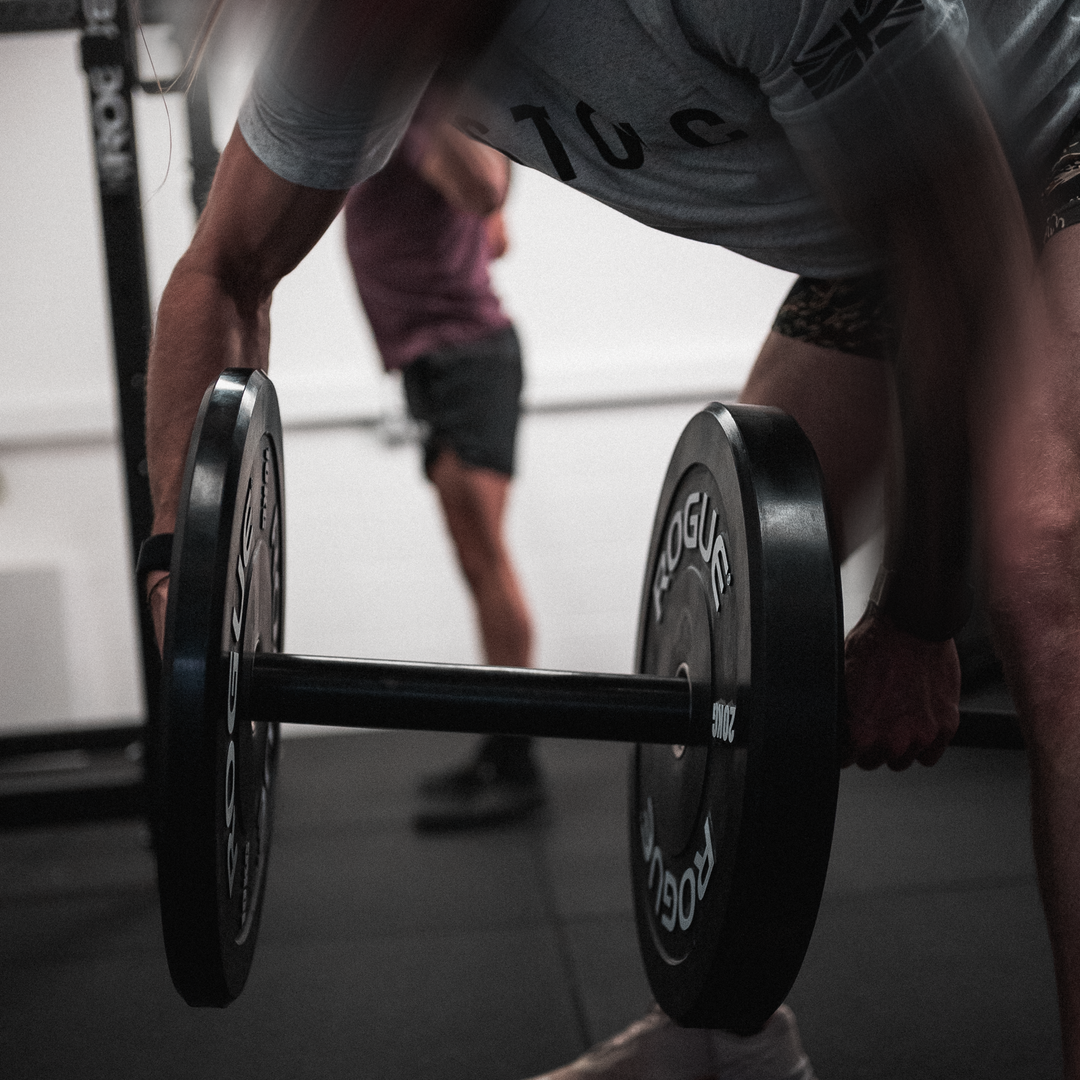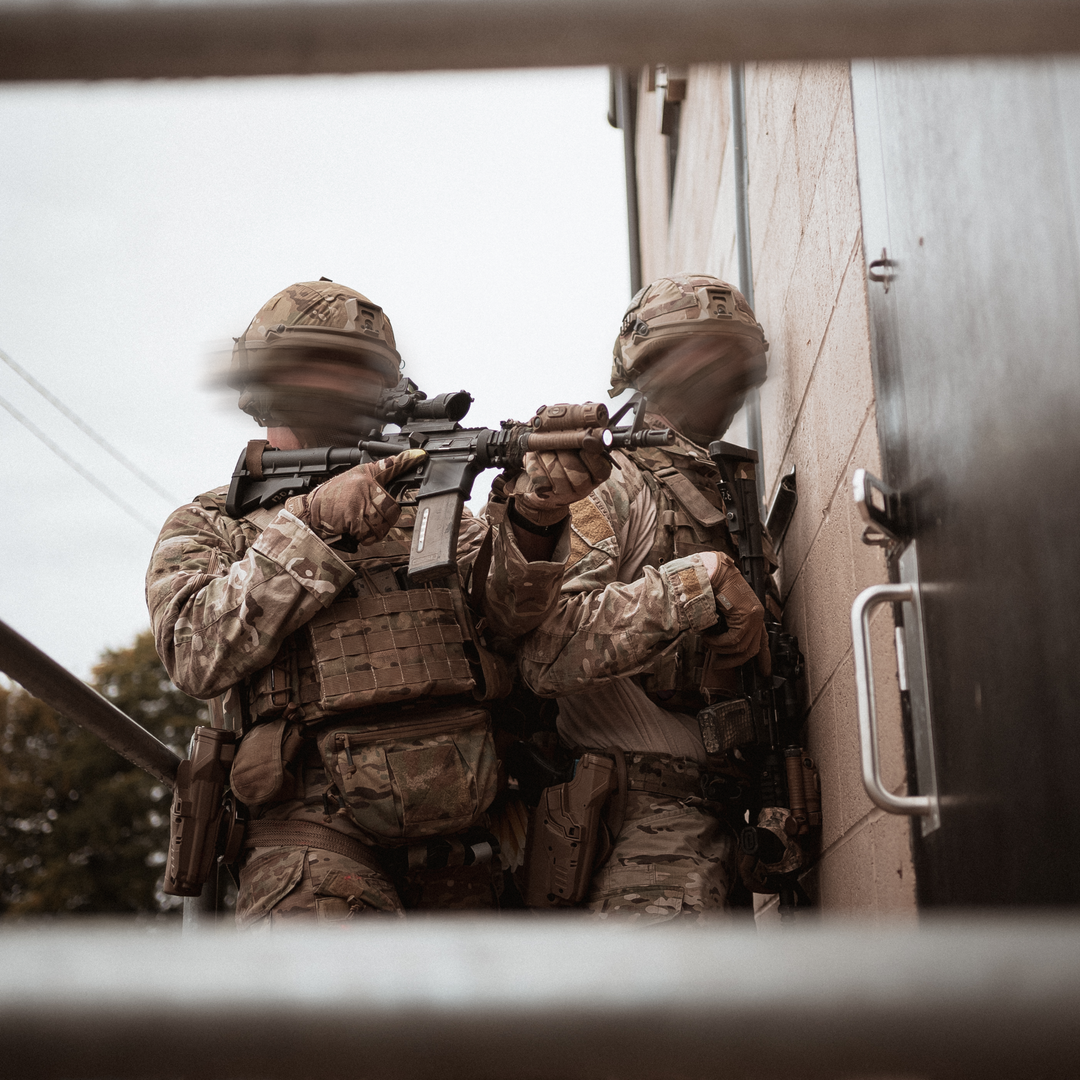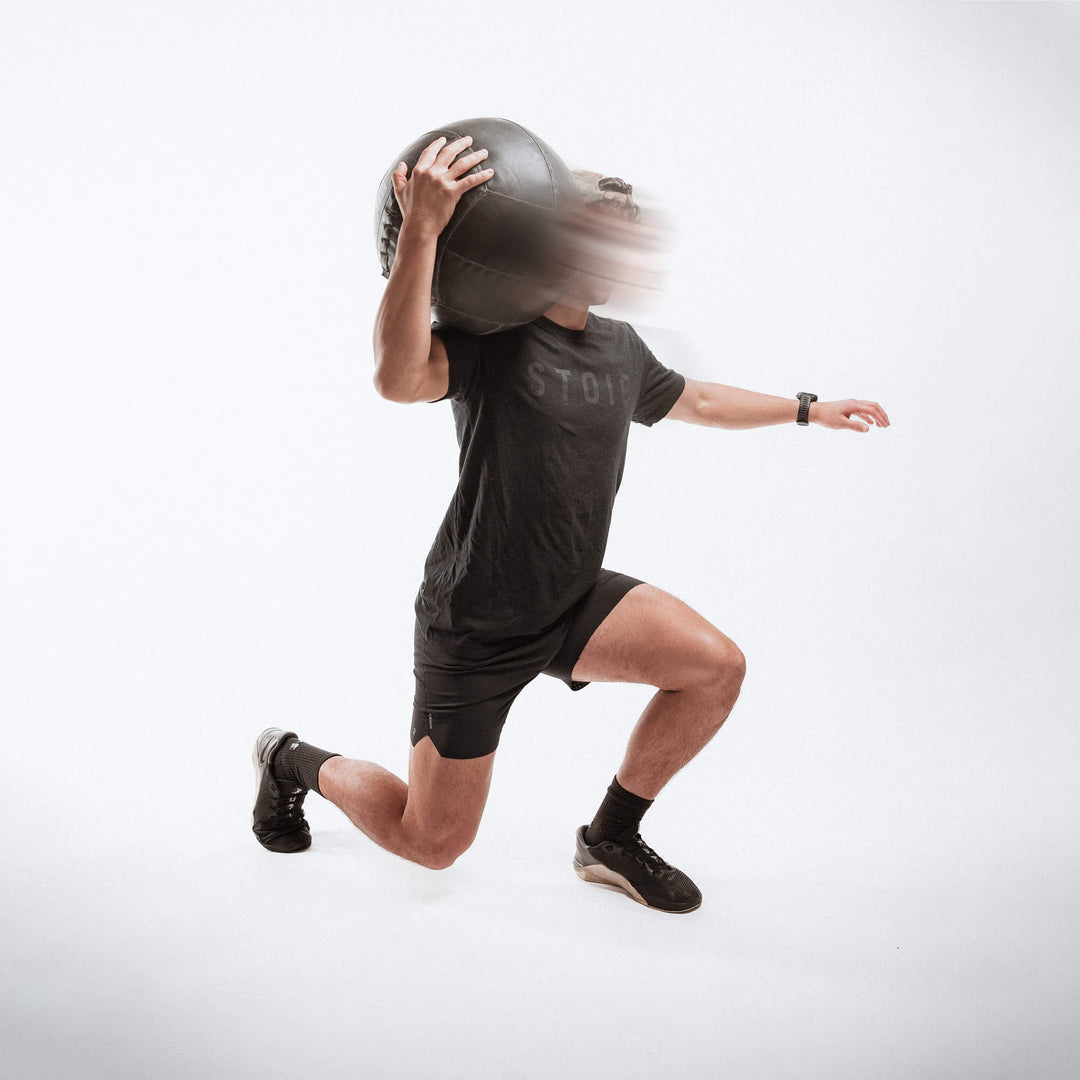HOW TO REDUCE YOUR RISK OF INJURY THROUGH STRENGTH TRAINING

Structural balance generally refers to improving the ratio of strength and stability in opposing muscle groups and their stabilisers. Training for structural balance has been shown to potentially reduce the risk of injury alongside improving absolute strength, relative strength and strength endurance.
A simple example would be comparing hamstring strength to that of the quadriceps. Ideally, the ratio of hamstring strength to quad strength will be about 0.70 (your hamstrings being 70% as strong as your quads). What we see in reality is the quads being far stronger than the hamstrings, and the knee joint potentially suffering the consequences.
How Does This Apply to Operators and Soldiers?
In terms of our community, we are always referring to military personnel who operate in a combative/kinetic environment. Whether you are Tier 1, 2 or 3, the chances are that at some point you will have to disembark from the helicopter, plane or vehicle and rely on your body to complete the mission. Depending on your levels of strength and conditioning, buckling your knee on some loose ground can be the difference between combat effectiveness or being a liability and putting your team in potential danger.
Where To Start:
You may think you’re achieving structural balance with your current programme because you’re pushing and pulling in a 1:1 ratio or doing some leg curls once a week, but in reality, your training may need to have a 1 to 2 or even 3 push:pull ratio or greatly prioritise hamstring strength over any other movement for a short period of training.
In today’s day and age, it is very unlikely we go through 24hrs without sitting down in a forward flexed position or looking at an electronic device such as our phones or computers for extended periods of time. Our bodies will always adapt to the position we hold the longest and our muscles adapt to these positions depending on the frequency and duration that we adopt them for.
This is where the identification of upper and lower cross syndromes by Vladimir Janda have been increasingly recognised and used as a 'go-to' way of explaining complicated issues. A few things to keep in mind are that your posture is transitory, meaning that if you are adopting a ‘bad’ posture, it can be easily changed and doesn’t mean you ‘have’ bad posture.
Another key point to keep in mind is that correlation does not imply causation in the case of posture and pain. Meaning upper and lower cross patterns do not automatically cause pain, nor should you focus on “correcting” this posture if you have joint pain.
Upper and Lower Cross Syndrome (U/L CS):
U/L CS can be defined as a temporary poor posture. This affects the upper limbs, the trunk and lower limbs, which can result in compromised functional biomechanics.
The fundamental patterns Janda identified are forward head posture, exaggerated kyphosis, anterior pelvic tilt, internal rotation of the shoulders or a combination of any of the above.
How to address it:
There is no quick and easy fix to changing posture, just consistency, postural awareness and a comprehensive strength and conditioning programme. This can include a needs analysis and some testing protocols that can help identify the areas in which you have opportunities. However, we will outline a few points which you can start implementing into your routine that will help offset U/L CS.
Starting your workout with a specific individualised warmup routine that focuses on mobilising key joints (shoulder joints, shoulder girdle, thoracic spine and hips). Add in some corrective mobility, you can use a lacrosse ball or other external stimulus to up-regulate and stimulate your glutes and posterior hip, work into your hip flexors with some dynamic stretching and breathing and use a resistance band to open up your shoulder joints and ‘activate’ your scapular retractors. If you knowingly have any problem areas, this is the time to give them more attention and work on mobilising them.
Next, look to raise your body temperature further if it needs it. If you are training in a cold environment, then make sure you don’t go into the workout feeling cold. 5-8 minutes on a rower will incorporate both the upper and lower body. This is often overlooked in favour of highly technical mobilisation methods, but once your body temperature is raised sufficiently, your range of motion will open up naturally.
Finally, start grooving technically sound movement patterns that you’re about to train. For example, goblet squats are great for teaching good squat mechanics, core bracing, opening hips and activating your shoulder girdle. Using only the bar when first warming up to bench press should be your standard for you to practice creating a strong, whole body set up. After these simple adjustments, you should feel focused and more ‘neurally’ aware of movement pattern pathways.
The training session:
Train unilateral lifts to help highlight any big strength discrepancies between sides. By always starting on your weaker side and then equalling the number of reps on your strong side, you can start to help even out the strength discrepancies between each side of your body. Some of our favoured exercises for the lower body are Split Squat and Step Up variations.
For the upper body, Single Arm Rows and Single Arm Presses. For each of the movements in our training programmes, we have instructional videos that summarise the key technical points of each lift.
Don’t train with your ego selecting the weights; If you are having to break position to move the weight, i.e. heaving a dumbbell whilst rowing, or sacrificing depth or position during a squat, then you are not specifically targeting the musculature the movement is designed to strengthen.
Film your lifts; sometimes the movement may feel right to you, but when you review your film you can see the areas of opportunity you may not have been aware of.
Train your core, this does not mean just do sit-ups. We programme sit-ups for the purpose of getting better at sit-ups to pass military testing criteria but there are a multitude of movements that help improve your core strength such as a Single Arm Farmers Walks and the Renegade Row or Pallof Press.
It’s important to keep in mind that achieving structural balance isn’t a destination but rather a journey. Meaning that you may never achieve that balance but the process of training for it has numerous benefits and should be prioritised periodically to mitigate the chance of injury.




